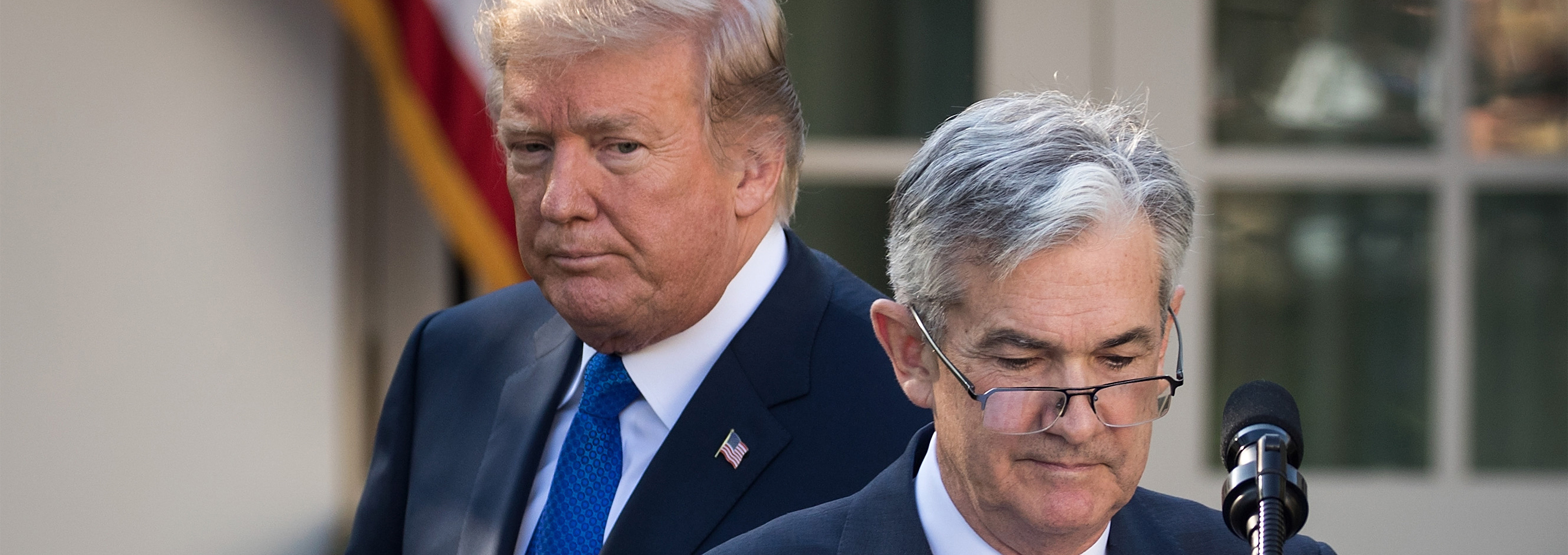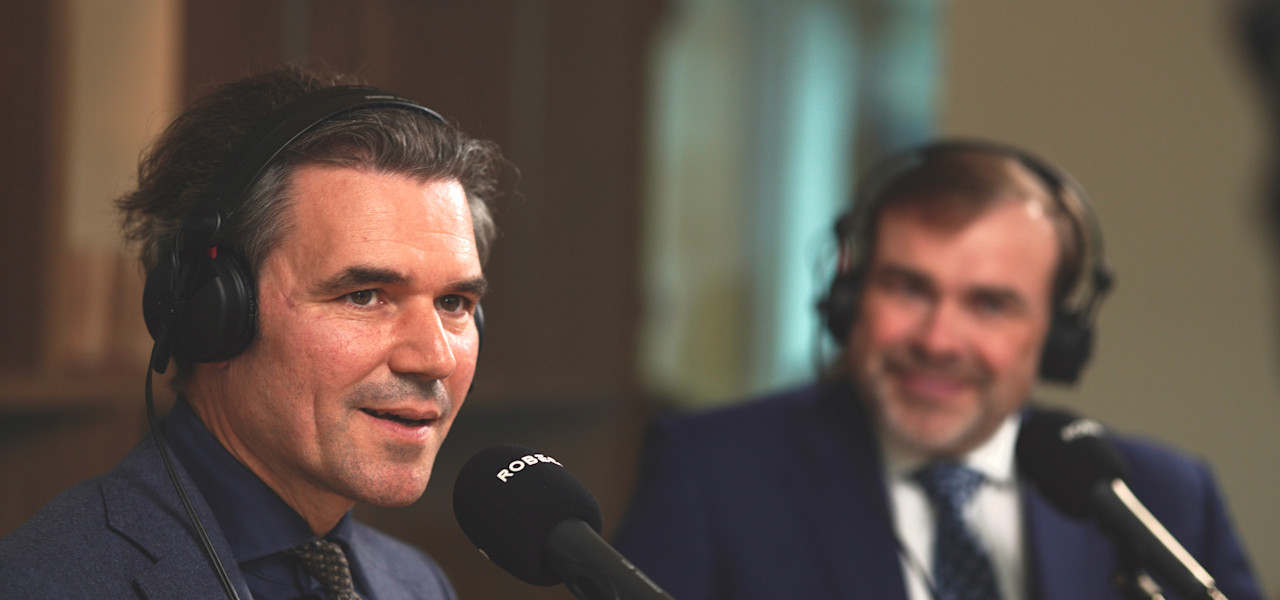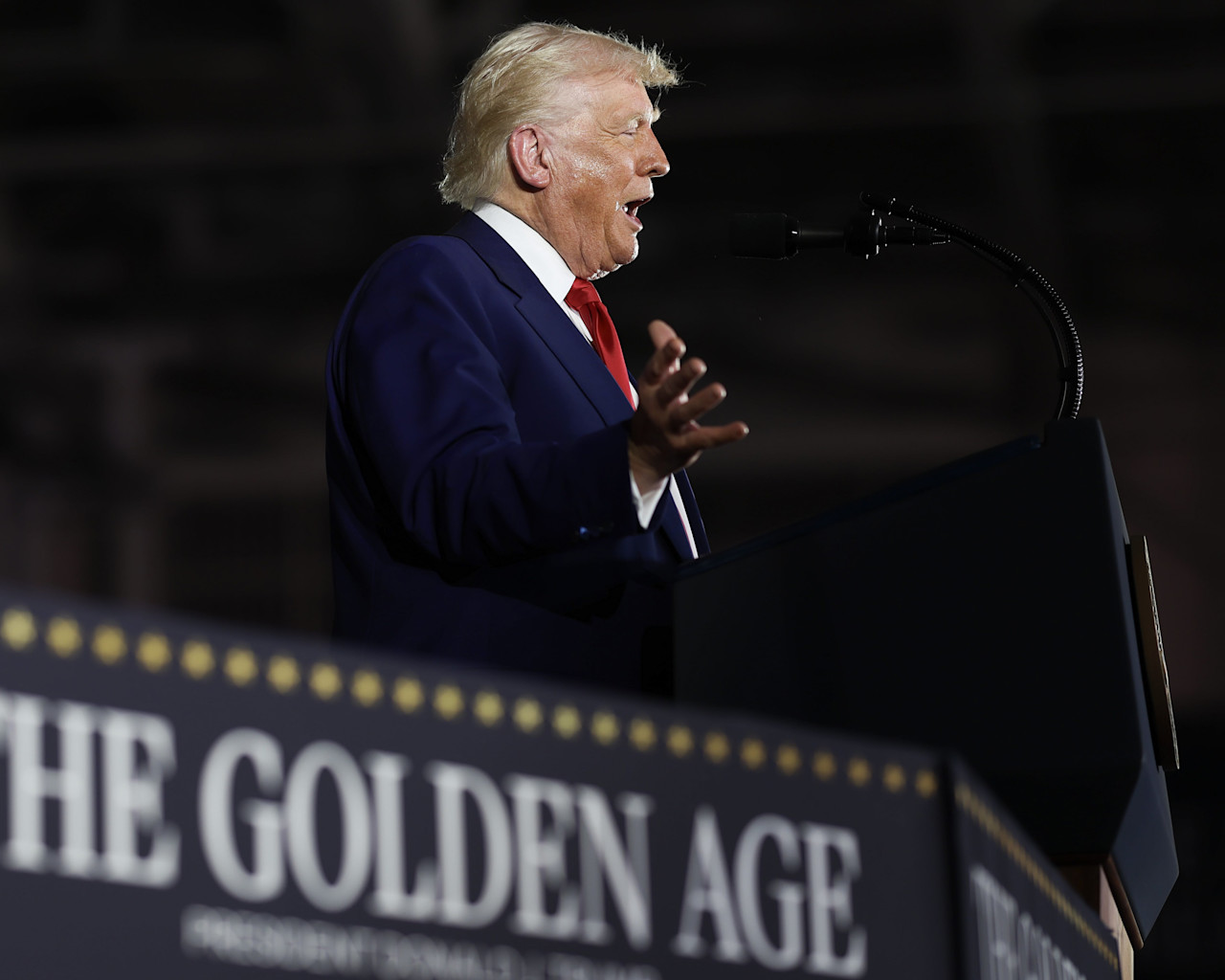

The power play pivot: Navigating the Fed-Trump clash
President Trump’s threats to the independence of the US Federal Reserve has implications for markets that may not yet be priced in, says strategist Peter van der Welle.
Summary
- US central bank is under pressure from President Trump to cut rates
- Level of independence affects demand for equities, bonds and gold
- Three scenarios that have implications for multi-asset allocation
Share buybacks have risen in value to reach USD 1 trillion a year in the US since 2021, serving the twin purpose of saving the need for recurring cash payouts through dividends while artificially raising earnings per share and the share price itself at the same time. They also have tax advantages in certain jurisdictions.
Annual dividends have been paid as a percentage of shareholdings as the more traditional means of distributing a company’s profits for centuries, the first known payout being made by the Dutch East India Company in 1602. They are often viewed as a symbol of a company’s health, where cuts in the payout indicate that the firm was struggling to make profits, and are seen as inflexible.
“At a structural level, companies have broadly increased their preference for share buybacks since 2008,” says Jonathan Arthur, Portfolio Manager with Robeco Investment Solutions. “This is partly because share buyback programs are more flexible and often have finite timelines. It also puts less pressure on management teams from the uncertainty associated with other options such as investment or M&A.”
“There is typically a very negative price reaction to any cut in the dividend – so companies are less willing to raise dividends after periods of strong earnings.”
“The ratio between dividend yields and share buybacks can be dependent on individual country tax regimes. In the US, share buybacks are generally considered more tax-efficient than dividends because of how they are taxed.”
Outside the US, share buybacks have also increased in Japan and Europe. They accelerated in Japan after the Tokyo Stock Exchange announced in March 2023 that companies should do more to improve their return of capital to shareholders, resulting in average payout ratios rising from 57.1% in 2023 to 67.4% in 2024.
“We may now expect higher dividends and higher share buybacks in Japan if this focus on capital efficiency continues,” Arthur says. “But the better value is arguably in Europe. One of the conclusions from our capital market assumptions in our five-year Expected Returns outlook is that European equities offer more attractive relative valuations versus other developed markets.”
“More modest European valuations have supported a growth in share buyback programs in Europe. If European companies believe their share prices are structurally undervalued against other regions, it may make sense for them to continue to deploy their excess cash to buybacks.”
“For now, buybacks have been concentrated in banks and energy companies, but this may start to spread to other sectors, as we see a more disciplined approach to capital allocation in Europe.”
Big beautiful policy change
Meanwhile, investors have breathed a sigh of relief that a planned withholding tax on dividends paid to foreign investors contained in the ‘Big Beautiful Bill’ was scrapped. Members of the US Congress balked at the prospects of encouraging even more capital flows from the US if it had been enacted.
“After the weaponization of the dollar at the start of the war in Ukraine and Trump’s aggressive tariff policy, US exceptionalism is under the spotlight like never before,” says Peter van der Welle, strategist for the Investment Solutions team.
“Some investors have already started voting with their feet, as highlighted by a decrease in US foreign direct investment and a fall in the number of foreign holders of US equities.”
“A dividend withholding tax for international investors as proposed under Section 899 of the ‘Big Beautiful Bill’ would have made US stocks less attractive, and negatively impacted our longer-term returns expectations for US equities. The section was removed as one of many compromises as it went through Congress, which was wary of encouraging a structural shift away from US assets.”
“The quite sudden repeal of this so-called ‘revenge tax’ underlines the importance of investors not overreacting to initial Trump policy proposals, since they have a tendency to be watered down or scrapped, and are ultimately becoming less material.”
Figure 1: The correlation between the 10-year Treasury and gold has become negative

Past results are no guarantee of future performance. The value of your investments may fluctuate.
Source: LSEG Datastream, Robeco, September 2025
Who we are
We are a global asset manager with strong capabilities in quant, credits, emerging markets and sustainable investing. Research is at the heart of everything we do, driving active investment strategies that aim to maximize alpha generation.
Implications for asset allocation
So, what does this mean for asset allocation? The Investment Solutions team has analysed data going back to 2004 to see which assets benefit most or least from levels of central bank independence.
“A power play between the Fed and President Trump is not merely a theoretical concern; it brings along a notable return dispersion for global multi-asset allocators,” Van der Welle says.
“For instance, while US Treasuries are positively correlated with Fed independence, low-quality assets like Russell 2000 stocks and high yield bonds are negatively correlated. Clearly, an independent Fed is not a friend of small caps.”
“When central bank independence is robust, the term structure of interest rates tends to reflect economic fundamentals and well-anchored inflation expectations. Any erosion of independence could prompt investors to demand higher yields as compensation for inflation uncertainty, leading to steepening yield curves.”
Figure 2: The correlation between Fed independence and asset returns in the following 12 months

Past results are no guarantee of future performance. The value of your investments may fluctuate.
Source: LSEG Datastream, Robeco, September 2025
Flight into safe havens
As ever, the traditional safe haven of gold does benefit from any kind of uncertainty, while the allure of US Treasuries is declining. “When markets question central bank autonomy, currency volatility rises, often triggering capital flight to alternative safe assets,” Van der Welle says.
“While the Fed’s institutional strength makes capital flight look like a distant risk, the rally in gold coinciding with a dollar bear market in the year to date suggests the market is reassessing safe havens.”
“The pricing of risk assets, from US equities to global high yield bonds, depends heavily on expectations about monetary policy. Our research shows that assets that are lower in credit quality, like high yield and small caps, are outperformers in an environment of eroding Fed autonomy.”
“Among equity factors, the Quality factor has lagged Growth, Value and Momentum in 2025. These observations correlate with the prospect of artificially low interest rates under a lenient Fed. In turn, this may blunt risk perception, fuelling returns in low-quality segments of financial markets that are cheap and have lagged so far in this bull market.”
Three scenarios for assets
As for the likely outcome of the Fed-Trump power play, the Investment Solutions team sees three potential scenarios, each with an equal probability of about one-third.
Scenario 1: Independence is preserved: Expect US curve flattening, relative stability in the dollar and a more predictable risk environment. The correlation between gold and Treasuries becomes positive again. Small-cap outperformance reverses.
Scenario 2: Independence erodes: Expect US curve steepening, a deepening dollar bear market and a less predictable risk environment. The correlation between gold and Treasuries stays negative, and gold has further upside. Small-cap outperformance continues.
Scenario 3: Fully fledged fiscal dominance: The Fed proves to be loyal to President Trump’s wishes like it was to President Nixon in the early 1970s. US inflation risks become paramount. Hedging demand for inflation protection surges, benefitting real assets. A dollar bear market becomes secular in nature, benefiting assets in Europe and emerging markets.
The risk of under-reacting
“Given our findings, and the likelihood of the Fed-Trump power play staying in place, investors should take a scenario-driven approach to asset allocation,” Van der Welle says.
“While the odds of a further erosion of Fed independence have increased in our view, this is not a given.”
“Moreover, in the wake of disappointing non-farm payrolls, the market might brush aside the Fed independence debate in a scenario where the US labour market breaks, and the continued absence of tariff-induced inflation allows the Fed to cut rates without these cuts being seen as politically motivated.”
“Constant pressure on the Fed does erode its independence, but with markets underreacting to White House policy actions, the increased mispricing of risk in an environment where the Fed gives in to political pressure raises the odds of this bull market moving toward an exuberant phase.”
Dividends versus bond coupons
With the withholding tax threat gone, investors will likely continue to switch from bond yields to the regular income still offered by dividends, Arthur says. While dividends tend to consistently go up, bond yields have been going down due to interest rate cuts.
“For investors seeking a regular cash payout (such as retirees), both bond coupons and dividends are seen as appealing,” Arthur says. “As interest rates and interest rate expectations have started to fall, we see the migration from credit to equity income as shown by fund flows over the past 18 months.”
“At this stage of the market cycle, income overlay strategies such as using covered call options to take advantage of future price rises are starting to look more attractive. While this does reduce upside, it can enhance income, offer more stable return distributions and provide some downside protection.”
























